Google Vs. Oracle Supreme Court Ruling: 6 Big Things To Know
In a 6-2 landmark Supreme Court ruling Monday, Justice Stephen Breyer said that Google’s use of the Java API code was “fair use.” Here’s a look at the high-stakes 11-year legal-battle between Oracle and Google that was centered on whether the Java APIs used by Google in its Android smartphone platform were copyright protected.
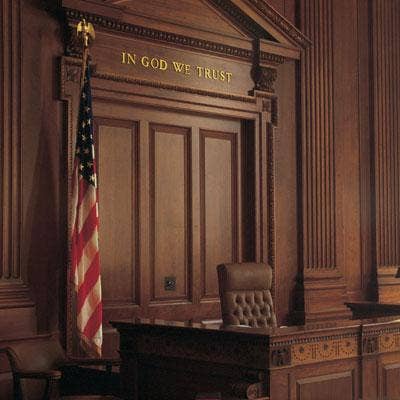
A Victory For Google
The Supreme Court Monday ruled 6-2 in favor of Google ending an 11-year-old legal battle with Oracle that centered on whether the search engine giant had stolen Java software code for its popular Android mobile phone operating system.
The decision overturned an earlier ruling in the case in which Oracle was seeking a $9 billion pay-day in a copyright case related to Java – widely used as a “write once-run anywhere” platform to get software to run on any hardware platform.
Oracle – which acquired the Java language and application programming interface (API) from Sun Microsystems in 2010 - had maintained that Google stole 11,500 lines of code from the Java SE program.
Justice Stephen Breyer, who wrote the majority opinion in the case, said that Google’s use of the Java code was protected under fair use.
“We reach the conclusion that in this case, where Google reimplemented a user interface, taking only what was needed to allow users to put their accrued talents to work in a new and transformative program, Google’s copying of the Sun Java API was a fair use of that material as a matter of law,” wrote Breyer. “The Federal Circuit’s contrary judgment is reversed.”
Bob Venero, CEO of Holbrook, N.Y.-based solution provider Future Tech, No. 96 on the CRN SP500, called the Supreme Court decision a great victory for both Google and the channel.
“This is a great victory for VARs- both big and small- because it sets a precedent that solution providers have some flexibility in terms of the software APIs they use to build solutions for customers,” said Venero. “You need to have an open ecosystem when you are trying to get products and solutions to work for the masses. You cannot be hamstrung by a restrictive use of every single line of code. This ruling is important for VARs and solution providers to be able to create their own APIs to get software code to work on different platforms.”
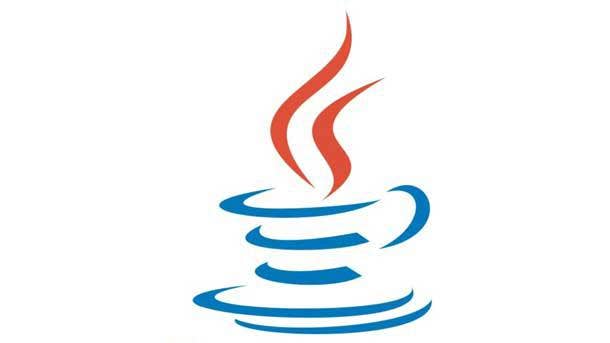
Oracle Fires First Legal Shot In 2010
The first shot in the legal dispute was fired by Oracle in August 2010 when it filed a $9 billion lawsuit in the U.S. District Court for Northern California alleging that Google “actively and knowingly” violated seven Java patents, as well as copyrighted material related to the Java platform in order to build the Android operating system.
The Oracle lawsuit came just seven months after it acquired the Java technology and its related patents and copyrights when its finalized its $7.3 billion acquisition of Sun Microsystems in January 2010. The Java software code- which had become increasingly popular - was considered one of the crown jewels of the acquisition.
Oracle maintained from the outset that Google’s use of the Java Application Programming Interfaces (APIs) required an Oracle software license under copyright law.
Google had maintained that the Java APIs were free and open and were in the public domain just like the Java programming language..
In overturning the Federal Circuit ruling, the Supreme Court found that the copying of the Java APIs constituted “fair use” and did not violate copyright law.
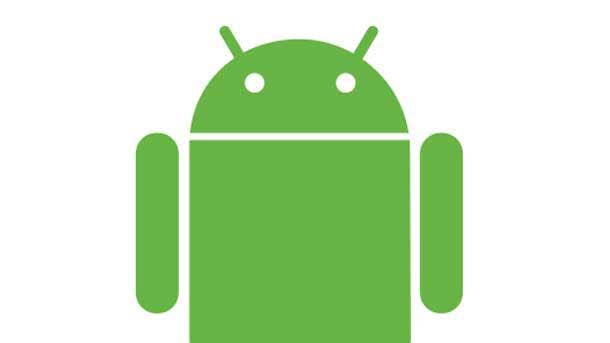
Google’s Android Mobile Operating System
The seeds of the Google Android operating system go back to 2005 when the search engine giant acquired Android Inc., a startup that was developing smartphone software.
Shortly after acquiring the Android startup, Google began “talks with Sun about the possibility of licensing the entire Java platform for its smartphone technology,” according to the Supreme Court overview.
“As Android’s founder explained, “[t]he whole idea about [an] open source [platform] is to have very, very few restrictions on what people can do with it,” according to the Supreme Court overview, and “Sun’s interoperability policy” would have undermined the Android “free and open” business model.
Apparently, for reasons related to that disagreement, Google’s negotiations with Sun “broke down” and Google then built its own platform.
The record shows, the court states, that roughly 100 Google engineers worked for more than three years to create the Android software platform.
“To build the platform, Google wrote millions of lines of new code,” the court overview states. “Because Google wanted millions of programmers, familiar with Java, to be able easily to work with its new Android platform, it also copied roughly 11,500 lines of code from the Java SE program... The copied lines of code are part of a tool called an Application Programming Interface, or API.”
Although Google wrote its own task implementing systems for the vast majority of code, the court states, it copied the “declaring code” from the Sun Java API for 37 packages.
“In doing so, Google copied that portion of the Sun Java API that allowed programmers expert in the Java programming language to use the “task calling” system that they had already learned. As Google saw it, the 37 packages at issue included those tasks that were likely to prove most useful to programmers working on applications for mobile devices.”
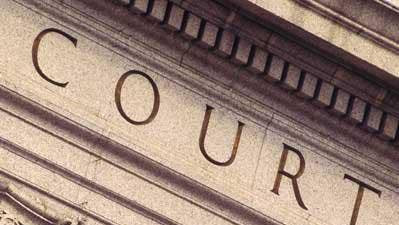
The 2012 First District Court Showdown
In a 2012 First District Court showdown in San Francisco, a jury deadlocked on whether Google “could successfully assert a fair use” defense.
Judge William Alsup, however, decided that, regardless,” the API’s declaring code was not the kind of creation to which copyright law extended its protection.”
“The court noted that Google had written its own implementing code, which constituted the vast majority of its API,” the court overview states. “It wrote that “anyone is free under the Copyright Act to write his or her own code to carry out exactly the same” tasks that the Sun Java API picks out or specifies.”
“Google copied only the declaring code and organizational structure that was necessary for Java-trained programmers to activate familiar tasks (while, as we said, writing its own implementing code),” the court overview states. “Hence the copied material, in the judge’s view, was a “system or method of operation,” which copyright law specifically states cannot be copyrighted.”
The original trial featured testimony from both Oracle Chairman Larry Ellison and Google Co-founder Larry Page.
In dramatic testimony, Ellison testified that Oracle’s heavy investment in billions of dollars in software research and development would not be possible without copyright protection.
When asked if new software development would be possible without copyright protection, Ellison replied “If people could copy our software- create cheap knockoffs of our products- we wouldn’t be able to pay for our engineering.”
Creating APIs is “arguably one of the most difficult things we do at Oracle,” said Ellison. “It’s done by our most senior and talented software engineers.”
Page, for his part, testified that the Google development was done in a “clean room” to avoid issues, stating simply: “I don’t think we did anything wrong.”
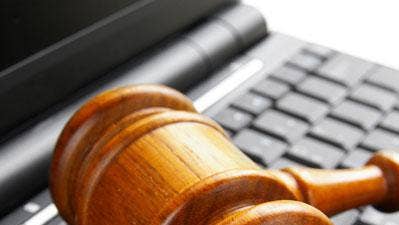
The United States Court of Appeals Ruling
Oracle won a legal victory against Google in a U.S. appeals court judgement on May 9, 2014. In which the court ruled that the database giant could claim copyright protection for parts of the Java programming language.
“We conclude that a set of commands to instruct a computer to carry out desired operations may contain expression that is eligible for copyright protection,” Federal Circuit Judge Kathleen O’Malley wrote.
O’Malley wrote that the district court “failed to distinguish between the threshold question of what is copyrightable — which presents a low bar — and the scope of conduct that constitutes infringing activity.”
In the overview of that appeal, the court writes, Google “could have written its own declaring code just as it wrote its own implementing code. And because in principle Google might have created a whole new system of dividing and labeling tasks that could be called up by programmers, the declaring code (and the system) that made up the Sun Java API was copyrightable.”
A further appeal with a three day jury district court trial found that Google had shown fair use. Oracle appealed yet again to the Federal Circuit and the District Court ruling was once again overturned. The Federal Court ruled that there is “nothing fair about taking a copyrighted work verbatim and using it for the same purpose and function as the original in a competing platform.”
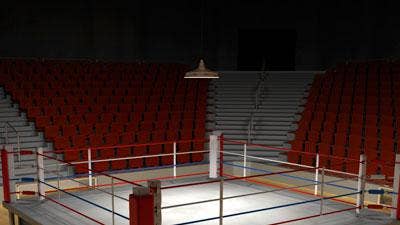
The Supreme Court Showdown: Oracle Vs. Google
Google appealed to the Supreme Court and the court agreed last year to hear the case.
In February 2020, Oracle submitted a written argument to the Supreme Court making the case that Google stole thousands of lines of copyrighted code, and with them, Oracle’s chances of competing in the smartphone market. Both sides also showcased a broad range of amicus briefs in support of their respective positions.
Among Oracle’s prominent backers was the government of the United States. The U.S. Department of Justice filed an amicus brief claiming Google’s use of Java “harmed the market” for Oracle’s work, and the U.S. Solicitor General also backed Oracle’s claim of code theft.
“If that approach were sound, a developer could steal half of another developer’s program and finish it herself, so long as the stolen half did not function on its own.” The DoJ said that by Google’s own account, it copied Oracle-owned Java code to make Android a more appealing platform to Oracle’s “fans”.
Google presented 26 amicus briefs supporting its position that it was in fair use compliance when it used Java APIs to build Android. Those include ones from Microsoft and IBM.
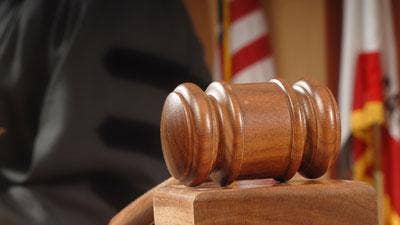
The Supreme Court Ruling
In a 39-page ruling, Justice Breyer wrote that given programmers’ “investment in learning the Sun Java API, to allow enforcement of Oracle’s copyright here would risk harm to the public.”
“Given the costs and difficulties of producing alternative APIs with similar appeal to programmers, allowing enforcement here would make of the Sun Java API’s declaring code a lock limiting the future creativity of new programs,” wrote Breyer. “Oracle alone would hold the key. The result could well prove highly profitable to Oracle (or other firms holding a copyright in computer interfaces). But those profits could well flow from creative improvements, new applications, and new uses developed by users who have learned to work with that interface. To that extent, the lock would interfere with, not further, copyright’s basic creativity objectives.”
Citing a See Connectix Corp. and Sega Enterprises case, Breyer referenced: “An attempt to monopolize the market by making it impossible for others to compete runs counter to the statutory purpose of promoting creative expression.”
Kent Walker, senior vice president of global affairs for Google, in a statement provided to CRN called the Supreme Court ruling a “victory” for “consumers, interoperability and computer science.”
“The decision gives legal certainty to the next generation of developers whose new products and services will benefit consumers,” he said. “We are very grateful for the support from a wide range of organizations, from the National Consumers League to the American Library Association, as well as from established companies, start-ups, and the country’s leading software engineers and copyright scholars.”
Oracle, for its part, said in a statement provided to CRN that Oracle “stole” Java and spent a decade “litigating as only a monopolist can.”
“The Google platform “just got bigger and market power greater — the barriers to entry higher and the ability to compete lower,” said Oracle.
Oracle said Google’s behavior “is exactly why regulatory authorities around the world and in the United States are examining Google‘s business practices.”